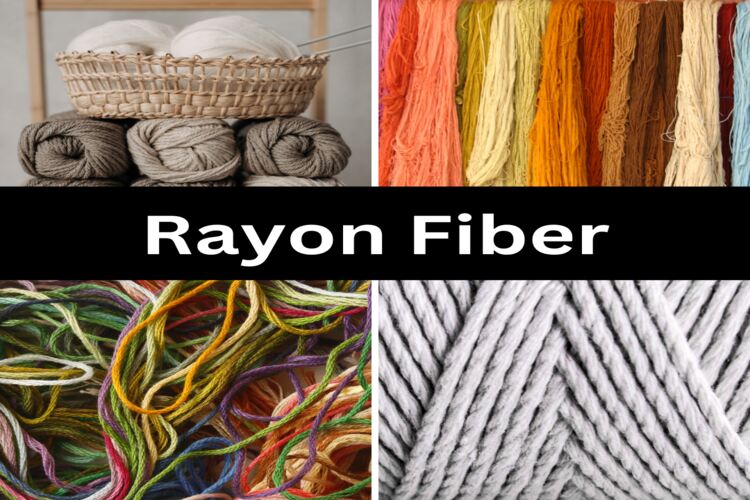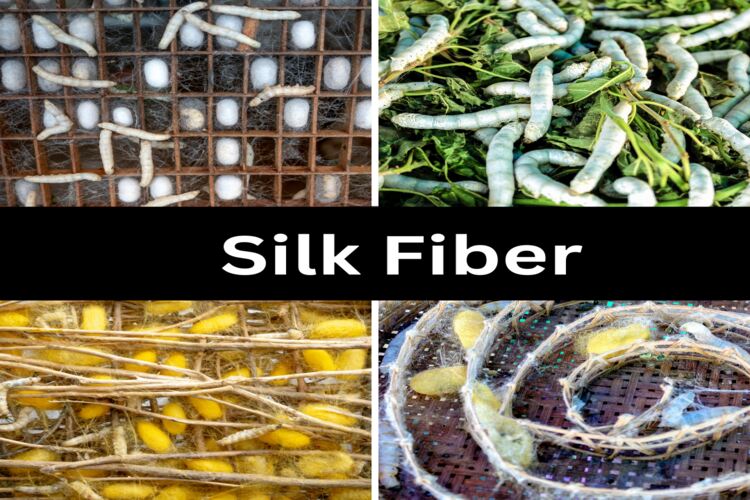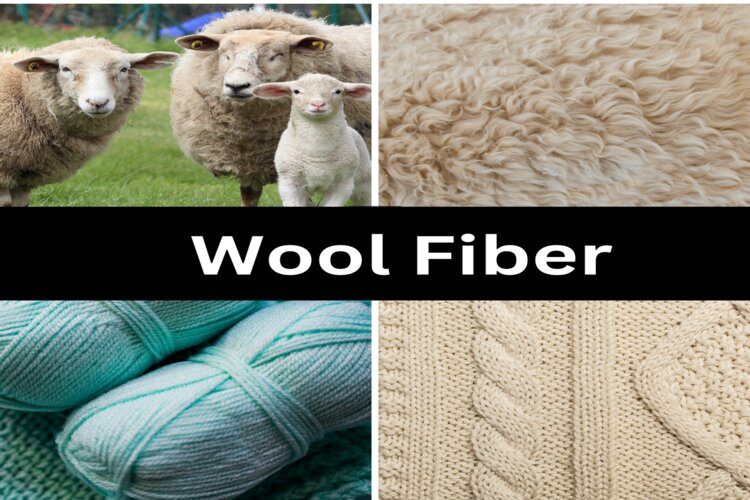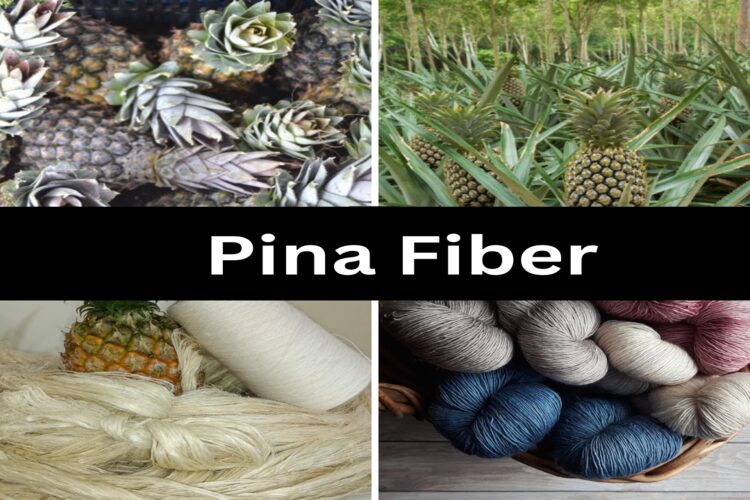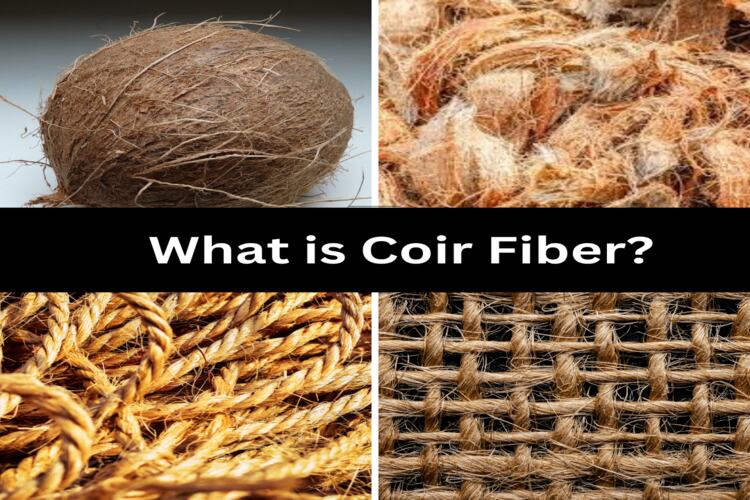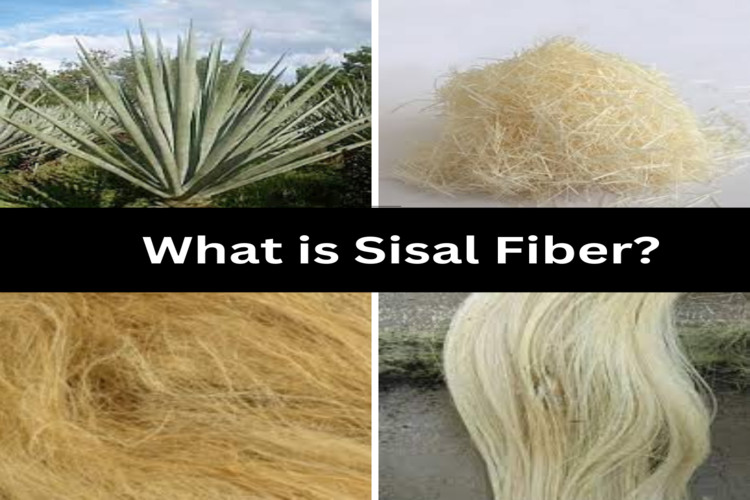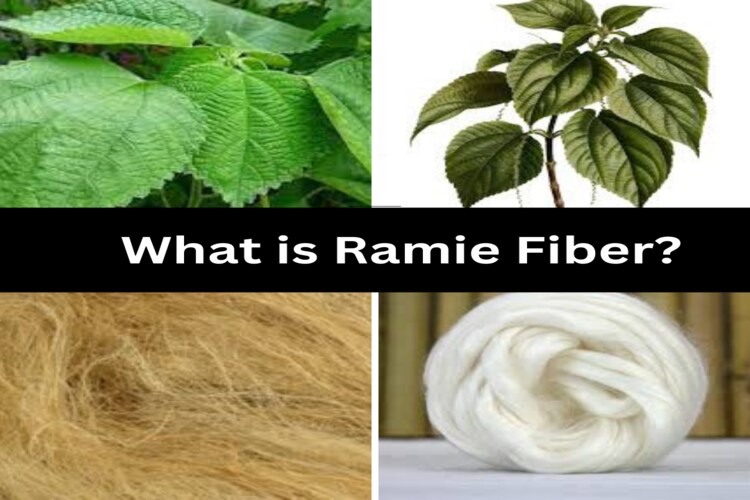What is Rayon Fiber? Rayon fiber is a type of textile fiber made from processed cellulose fibers, often from wood pulp. Even though it starts with natural materials, chemicals are needed in its production. Table of Contents History of Rayon Fiber In the 1860s, the silk fiber industry in France[…]
Silk Fiber: History, Properties, Production Process
What is Silk Fiber? Silk fiber comes from silkworms. They make it by spinning cocoons. Silkworms are scientifically called Bombyx mori. To get silk fiber, we start by taking care of the silkworms, and then we take out the silk textile fiber from the cocoons. Table of Contents History of[…]
Wool Fiber: History, Properties, Production Process
What is Wool Fiber? Wool fiber is a lasting natural fiber that nature has given us and has been cherished by people for its warmth and long-lasting quality for generations. It is a textile fiber that is obtained from animals like sheep, goats (providing cashmere and mohair), muskoxen (for qiviut),[…]
Pina Fiber: History, Properties, Production Process
What is Pina Fiber? Pina fiber comes from pineapple plant leaves. It belongs to the Bromeliaceae family and is in the “ananas” genus. These plants generally reach a height of 1.5 meters. They thrive with 100 to 150 cm of rainfall and temperatures between 22 and 32 degrees Celsius. The[…]
Coir Fiber: Properties, Production Process and Advantages
What is Coir Fiber? Coir fiber, often called coir, comes from the fibrous husk inside a coconut. To produce coir, the husks are soaked until the textile fibers can be separated. Although the production process takes time, coir has many uses. Coir is unique among natural fibers because it’s not[…]
What is Sisal Fiber? Properties, Structure, and How It Made?
What is Sisal Fiber? Sisal Fiber is sourced from the Agave sisalana plant and is a well-known natural fiber. It’s completely biodegradable, making it environmentally friendly. Sisal fiber is highly durable, requiring minimal maintenance, and it can endure wear and tear admirably. The sisal plant forms rosettes of sword-shaped leaves[…]
What is Ramie Fiber? Properties, Structure, and How It Made?
What is Ramie fiber? Ramie is a sustainable plant fiber from the nettle family, making it eco-friendly due to its biodegradability, unlike synthetic petroleum-based fabrics. The fibers in Ramie have a textured appearance that makes it resemble linen. What’s remarkable is that Ramie fiber is said to be “twice as[…]

